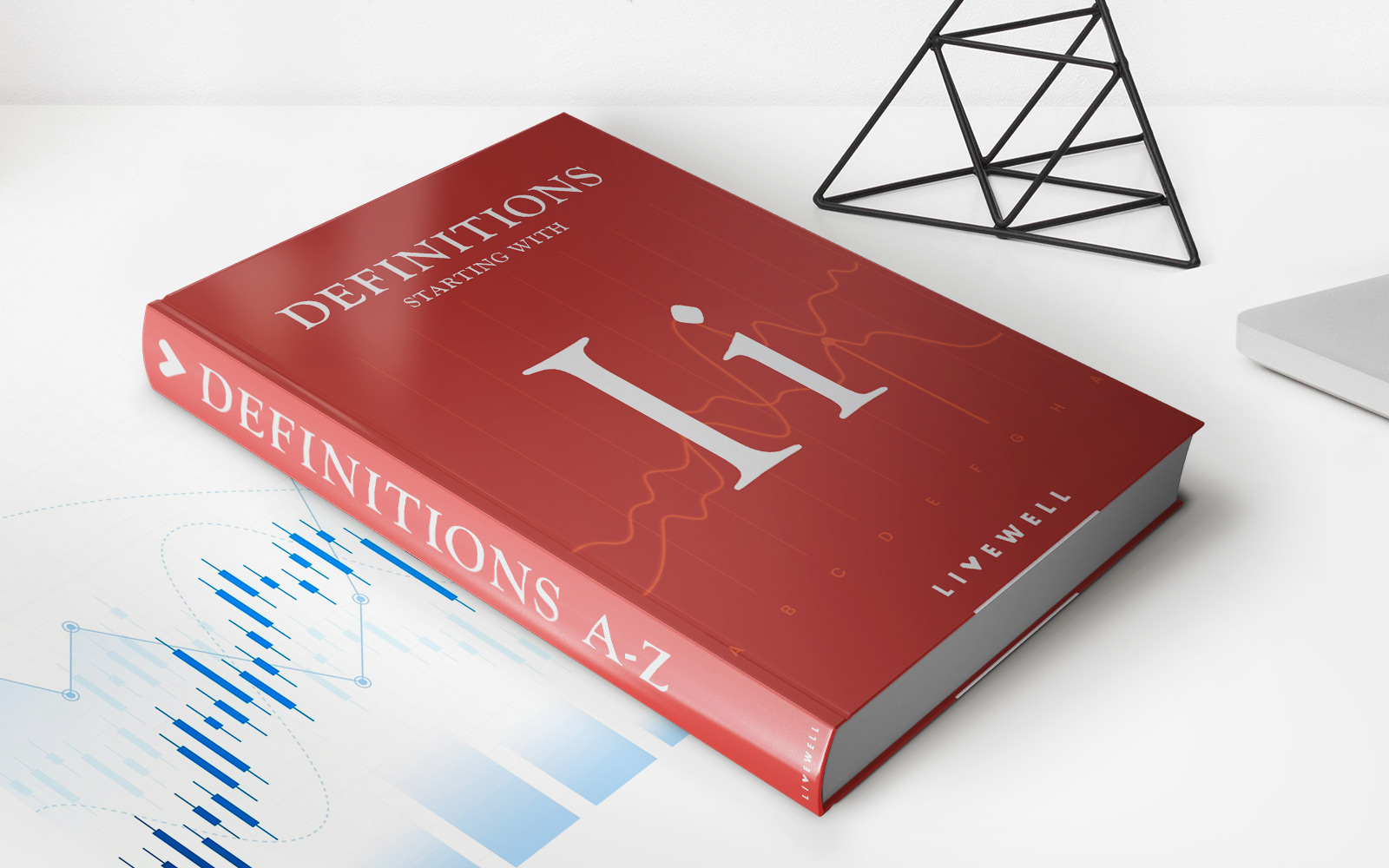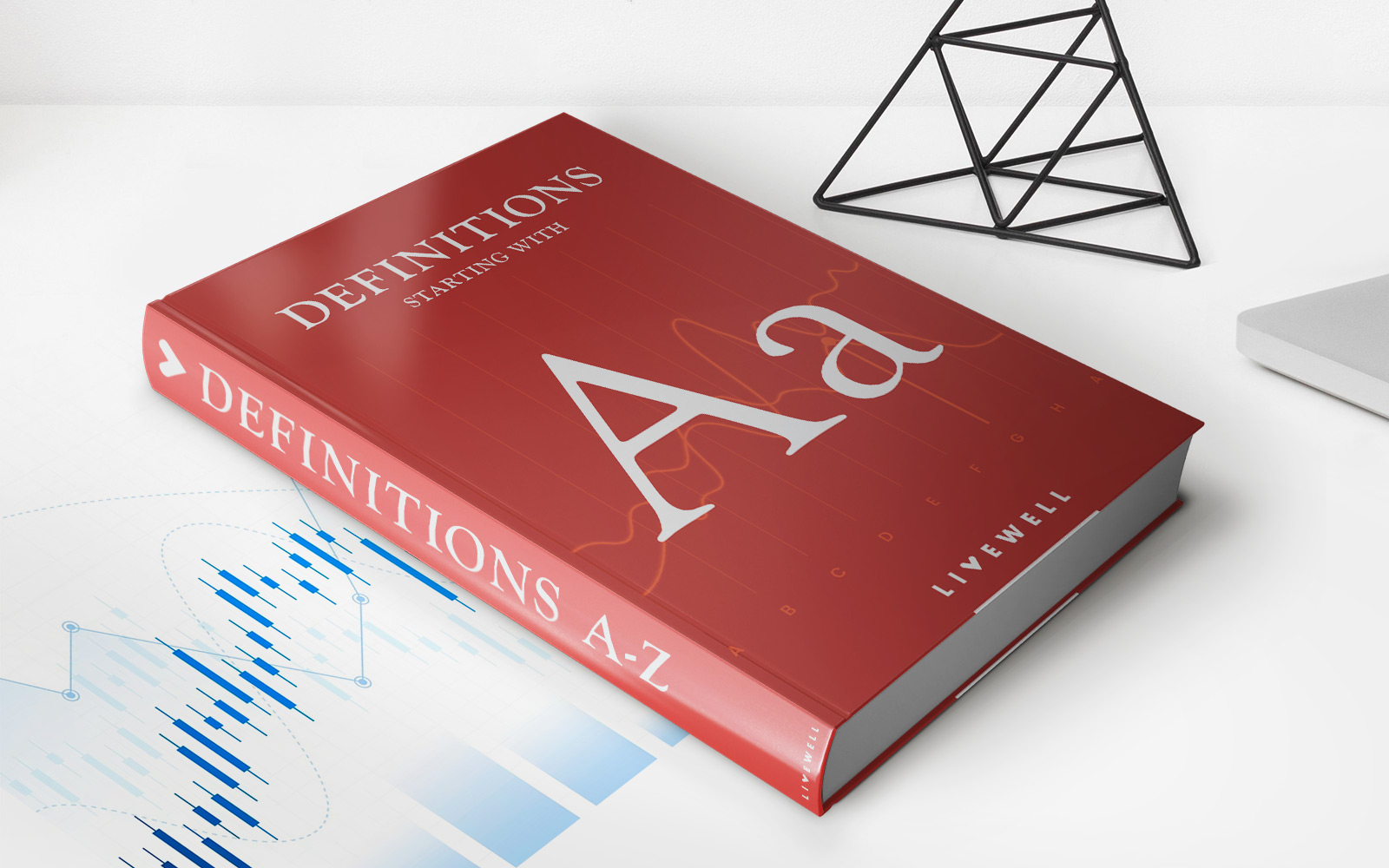

Finance
When Do I Get My Statement Balance
Published: March 2, 2024
Learn about when you'll receive your statement balance and how to manage your finances effectively. Get all the answers you need about your finances.
(Many of the links in this article redirect to a specific reviewed product. Your purchase of these products through affiliate links helps to generate commission for LiveWell, at no extra cost. Learn more)
Table of Contents
Understanding Statement Balances
Understanding your credit card statement balance is crucial for managing your finances effectively. Your statement balance represents the total amount you owe to the credit card company at the end of a billing cycle. This balance encompasses all the transactions, fees, and interest charges accumulated during the billing period.
When you make purchases or incur charges using your credit card, these amounts contribute to your statement balance. Additionally, any interest accrued, annual fees, or other charges imposed by the credit card issuer will also be reflected in your statement balance.
It's important to differentiate between the statement balance and the current balance. While the statement balance pertains to the total amount due at the end of the billing cycle, the current balance includes the statement balance along with any new transactions or fees incurred after the statement was issued.
Monitoring your statement balance is essential for maintaining financial stability and avoiding unnecessary fees. By staying aware of your statement balance, you can effectively plan your budget and ensure that you have adequate funds to cover the payment when it becomes due.
Understanding the components of your statement balance empowers you to make informed financial decisions. By delving into the specifics of your statement, you can identify areas where you may be overspending or incurring excessive fees, allowing you to adjust your spending habits accordingly.
In essence, comprehending your statement balance enables you to take control of your financial well-being and make strategic choices to manage your credit effectively.
Billing Cycle and Statement Generation
The billing cycle of a credit card refers to the period between the closing date of one statement and the closing date of the next. During this timeframe, all transactions, including purchases, payments, fees, and interest charges, are recorded and compiled to determine the statement balance. It’s important to be mindful of the billing cycle as it dictates when your statement is generated and when your payment is due.
Typically, the billing cycle lasts around 28 to 31 days, but this can vary depending on the credit card issuer. At the end of the billing cycle, the credit card company generates your statement, detailing the transactions and charges incurred during that period.
Understanding the billing cycle is crucial for managing your finances effectively. By being aware of the start and end dates of your billing cycle, you can plan your purchases and payments strategically to optimize your credit utilization and minimize interest charges.
It’s important to note that the closing date of your billing cycle may not align with the end of the month. Therefore, it’s essential to keep track of your specific billing cycle dates to ensure timely payments and accurate assessment of your statement balance.
Once the statement is generated, it outlines the total amount due, minimum payment required, due date, and a breakdown of all transactions and charges. Reviewing your statement regularly allows you to identify any discrepancies or unauthorized charges, enabling you to address them promptly with the credit card company.
By understanding the billing cycle and statement generation process, you can effectively manage your cash flow, avoid late payments, and optimize your credit card usage to maintain a healthy financial profile.
Due Date for Statement Balance
The due date for your credit card statement balance is the deadline by which the payment for the outstanding balance must be made to the credit card issuer. This date is specified on your credit card statement and is determined based on the billing cycle and statement generation.
It’s essential to be mindful of the due date to avoid late payment fees and negative impacts on your credit score. Late payments can result in penalty fees and increased interest rates, ultimately leading to financial strain and potential damage to your credit history.
Typically, credit card issuers provide a grace period between the statement date and the due date, during which you can make the payment without incurring additional charges. The length of the grace period varies among credit card companies, but it commonly ranges from 21 to 25 days.
To ensure timely payments, it’s advisable to set up reminders or automatic payments to coincide with the due date. By doing so, you can avoid the risk of forgetting the payment deadline and encountering financial repercussions.
If you anticipate challenges in making the full payment by the due date, it’s crucial to communicate with the credit card issuer and explore feasible options, such as setting up a payment plan or negotiating alternative arrangements. Proactive communication can mitigate the impact of financial difficulties and demonstrate a willingness to fulfill your obligations.
Understanding the due date for your statement balance is paramount for maintaining financial discipline and effectively managing your credit obligations. By prioritizing timely payments, you can uphold a positive credit standing and avoid unnecessary fees and penalties.
Impact of Payments on Statement Balances
When you make payments towards your credit card balance, it’s important to understand how these payments affect your statement balance and overall financial standing. The timing and amount of your payments can significantly influence your statement balance and subsequent financial responsibilities.
Payments made before the statement closing date can lower your statement balance, potentially reducing the amount you owe to the credit card company. This proactive approach can positively impact your credit utilization ratio, which is the ratio of your credit card balances to the credit limits. A lower credit utilization ratio can contribute to a healthier credit score and demonstrate responsible credit management.
Conversely, if you make payments after the statement closing date, the impact on your current statement balance may be minimal, as the transactions for that billing cycle have already been determined. However, the payment will reflect on the subsequent statement, potentially reducing the balance for the following billing cycle.
It’s important to note that making only the minimum payment required can lead to prolonged debt and increased interest charges. While the minimum payment fulfills the obligation to the credit card issuer, it may not significantly reduce the statement balance, especially if high-interest charges are incurred.
To effectively manage your statement balance, consider making payments that exceed the minimum requirement whenever possible. By doing so, you can expedite the reduction of your statement balance, minimize interest charges, and work towards financial stability.
Regularly monitoring your payments and their impact on your statement balance empowers you to make informed decisions regarding your credit utilization and overall financial well-being. By strategically managing your payments, you can optimize your credit management and work towards achieving a favorable credit standing.
Importance of Monitoring Statement Balances
Regularly monitoring your credit card statement balances is a fundamental aspect of maintaining sound financial health and responsible credit management. By staying vigilant and proactive in reviewing your statement balances, you can gain valuable insights and take necessary actions to safeguard your financial well-being.
One of the primary reasons for monitoring your statement balances is to detect any unauthorized or fraudulent transactions. By promptly reviewing your statements, you can identify any discrepancies or unfamiliar charges, allowing you to report them to the credit card issuer for investigation and resolution. This proactive approach helps protect you from potential financial losses and safeguards the integrity of your accounts.
Furthermore, monitoring your statement balances enables you to track your spending patterns and identify areas where you may be overspending or incurring excessive fees. By gaining visibility into your expenses, you can make informed decisions about budgeting and discretionary spending, ultimately fostering responsible financial habits.
Consistently reviewing your statement balances also allows you to assess the impact of interest charges and fees on your overall financial obligations. By understanding the components of your statement balance, including interest accrued and additional charges, you can strategize repayment plans and prioritize settling high-interest balances to minimize long-term financial burdens.
Moreover, monitoring your statement balances empowers you to maintain control over your credit utilization and credit score. By actively managing your statement balances, you can optimize your credit utilization ratio, a key factor influencing your credit score. This proactive approach can contribute to a positive credit profile and enhance your financial credibility.
Lastly, regular monitoring of your statement balances fosters financial accountability and enhances your awareness of your financial standing. By actively engaging with your statements, you demonstrate a commitment to financial responsibility and gain a comprehensive understanding of your credit obligations, ultimately contributing to informed decision-making and long-term financial stability.
In essence, the importance of monitoring statement balances cannot be overstated, as it serves as a cornerstone of prudent financial management, fraud prevention, and proactive credit optimization.














